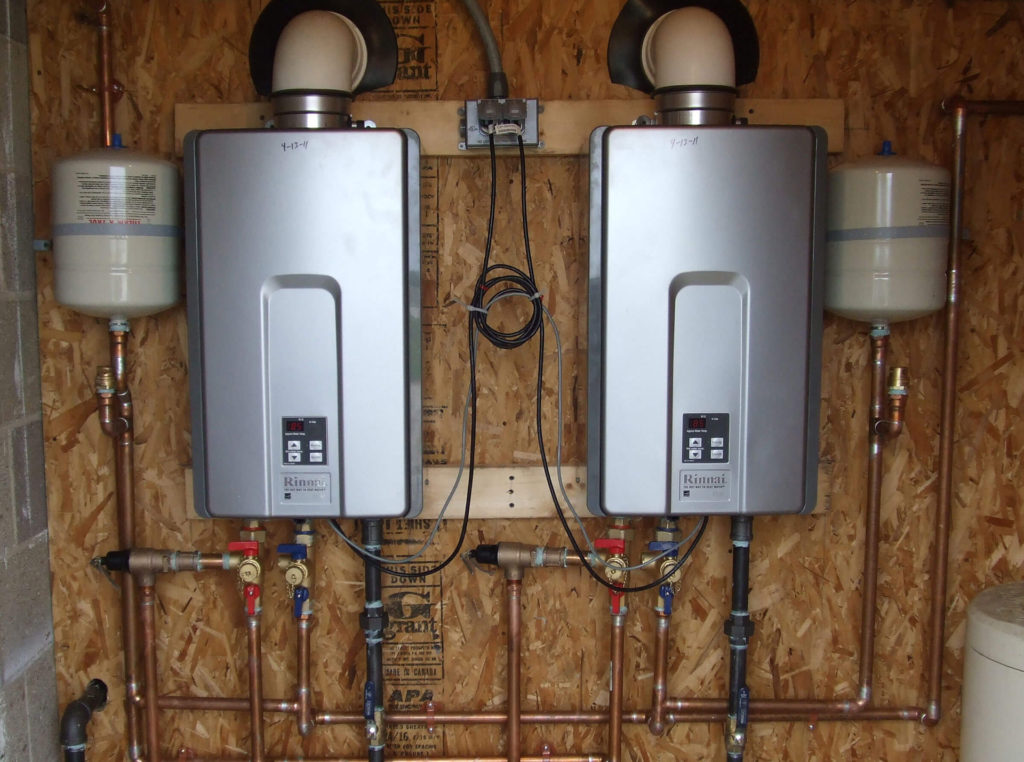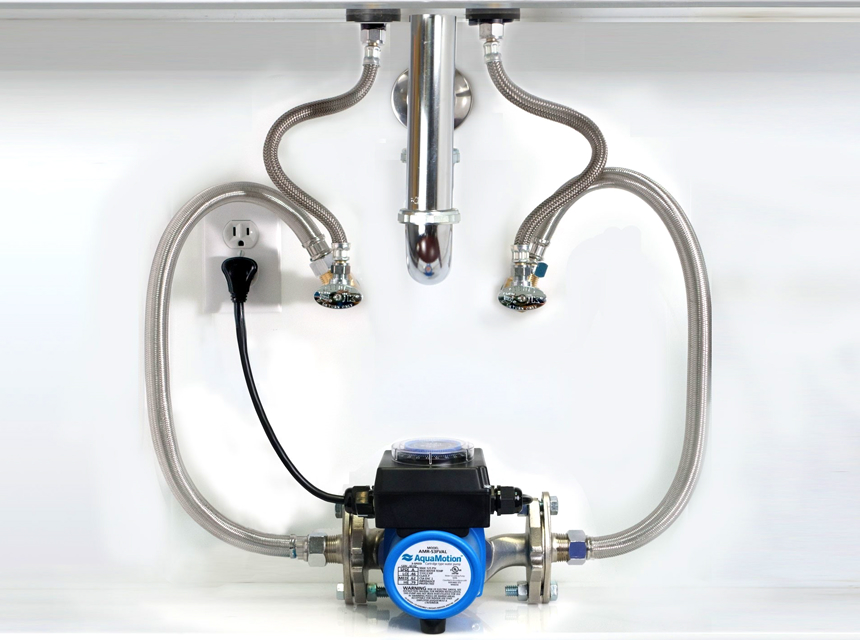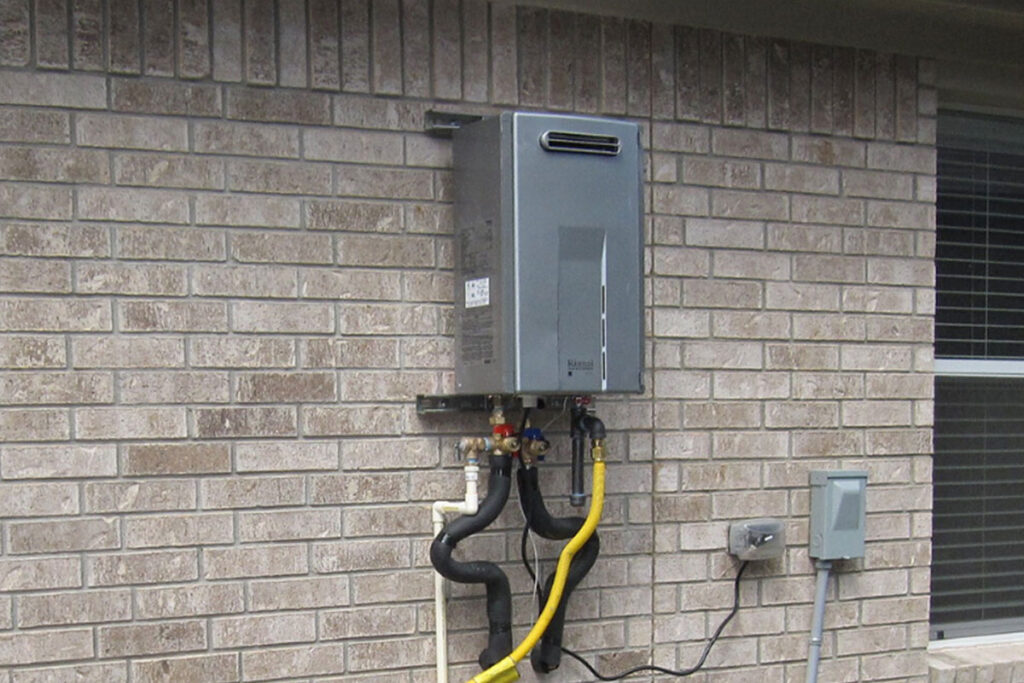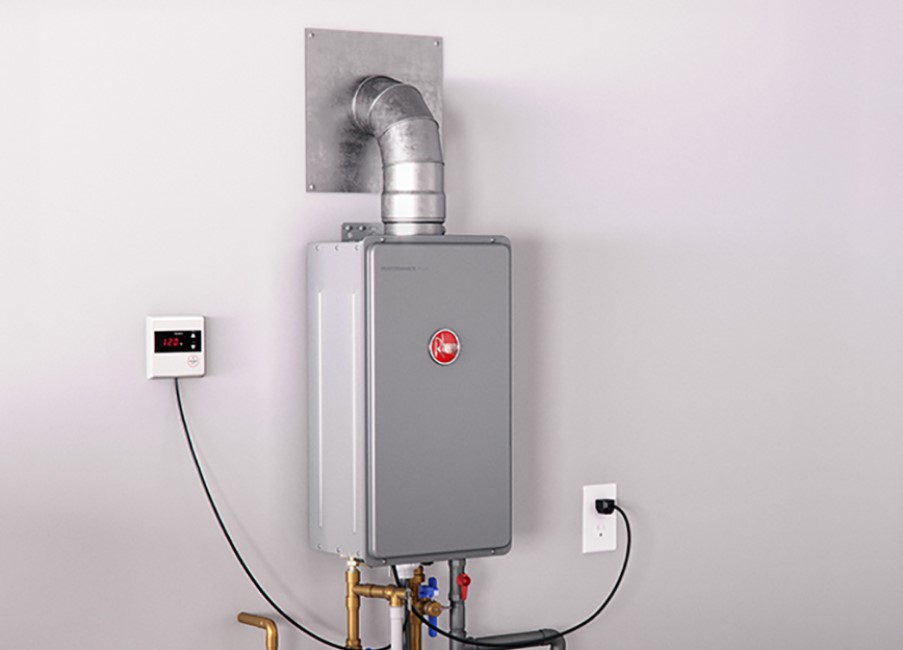

A hot water heater, whether a gas or electric one, is a great appliance for any homeowner to have. It uses a large tank to provide a hot water supply for your home whenever you need it. But when you have a tank water heater, it’s important to drain the water reservoir regularly to clean it of accumulated sediment, which can impact your water heater’s energy efficiency, and also cause clogs. No matter what kind of tank water heater you have, you should properly drain and flush it at least once a year, if not more regularly, depending on the quality of your local water. If you want to know how to drain a water heater, then follow these below steps.
The first thing you need to do when preparing to drain your hot water heater is shut off the actual unit. First, turn off the cold water supply valve at the top of the water heater. Next, if it’s an electric water heater, just switch off the power to the unit at your breaker box. If it’s a gas water heater, change the heater over to pilot mode. Because the tank is full of hot water, you will need to wait for the water to cool, which can take a few hours or maybe even the whole night. You’ll also need to check the pressure release valve. Put a bucket under the pressure release valve and then open it. You should either see water draining into the bucket or hear a hiss of air. If you don’t notice either of these things happening, you may need to replace the pressure relief valve on your hot water heater. Otherwise, the hiss of air or draining water means it’s working well, and you can go to the next step.
Near the bottom of your hot water tank, you will find a drain valve, which is where you can attach a hose to drain it. Some units may have a cover over the drain valve. You’ll want to attach a hose to this drain valve — a standard garden hose of appropriate length works just fine. You’ll want the open end of the hose to drain either outside or into a floor drain.
Many hot water heaters are located in a basement or lower level, so if your hose has to travel uphill, you may also need to use a water pump to push the water out.
You can also drain the water into a bucket, but just remember, the water may be scalding hot, so you will need to be careful not to burn yourself.
Once your hose is connected, you’ll have to do one more thing before you open the drain valve on your tank, and that’s to open all the hot water faucets throughout your house, but especially any that are on a floor above the water heater. This is to alleviate any pressure in the system, and it will help the water drain faster. You may also want to have a few buckets nearby, just in case your hose leaks anywhere. Once you’ve done this, you’re ready to begin draining your tank. Open the drain valve on your tank and let the water run out of it. Remember, it may be hot, so be careful.
Once all the water has drained from the tank, briefly turn on the cold water valve to clean the tank. This will stir up any sediment that has settled on the bottom.
Short, quick bursts of the water may help to dislodge or break up any sediments.
Let this water drain out. Repeat this process as many times as needed until your water runs completely clear. Sometimes, if there’s a lot of sediment in your system, it may clog the drain valve. If this is the case, you can try to unclog it using a long screwdriver or a small dowel. You can also consider removing the drain valve to allow a larger hole for the sediment to exit your tank. If this doesn’t work, you may need to call an expert for professional assistance.
Once your water has drained clear, then you’re all done! Close your drain valve, remove your garden hose, and turn back on your water supply. This will start to fill your tank once more. At this point, you’ll need to go back and shut off all the open faucets once cold water begins to flow through them.
Some tanks will need to be completely filled before you can return power to the unit, so check your manufacturer directions to see how much water your heater requires, or just wait until the tank is full to be safe.
Also, double-check the drain valve to make sure it’s not leaking. If your water heater is run on gas, turn it back from pilot to on. And if you have an electric heater, turn the power back on the breaker box.
Clearing the sediment from your water heater is something you should do at least once a year. It can increase the energy efficiency of your water heater, which can save you money in the long run. Sediment in your hot water heater can cause clogs and other issues with your appliances that use hot water. Regular maintenance of your hot water heater can extend the lifespan of your appliance and keep it running at peak performance. So now that you know the best way how to drain a hot water heater, you don’t have to worry about it in the future.





